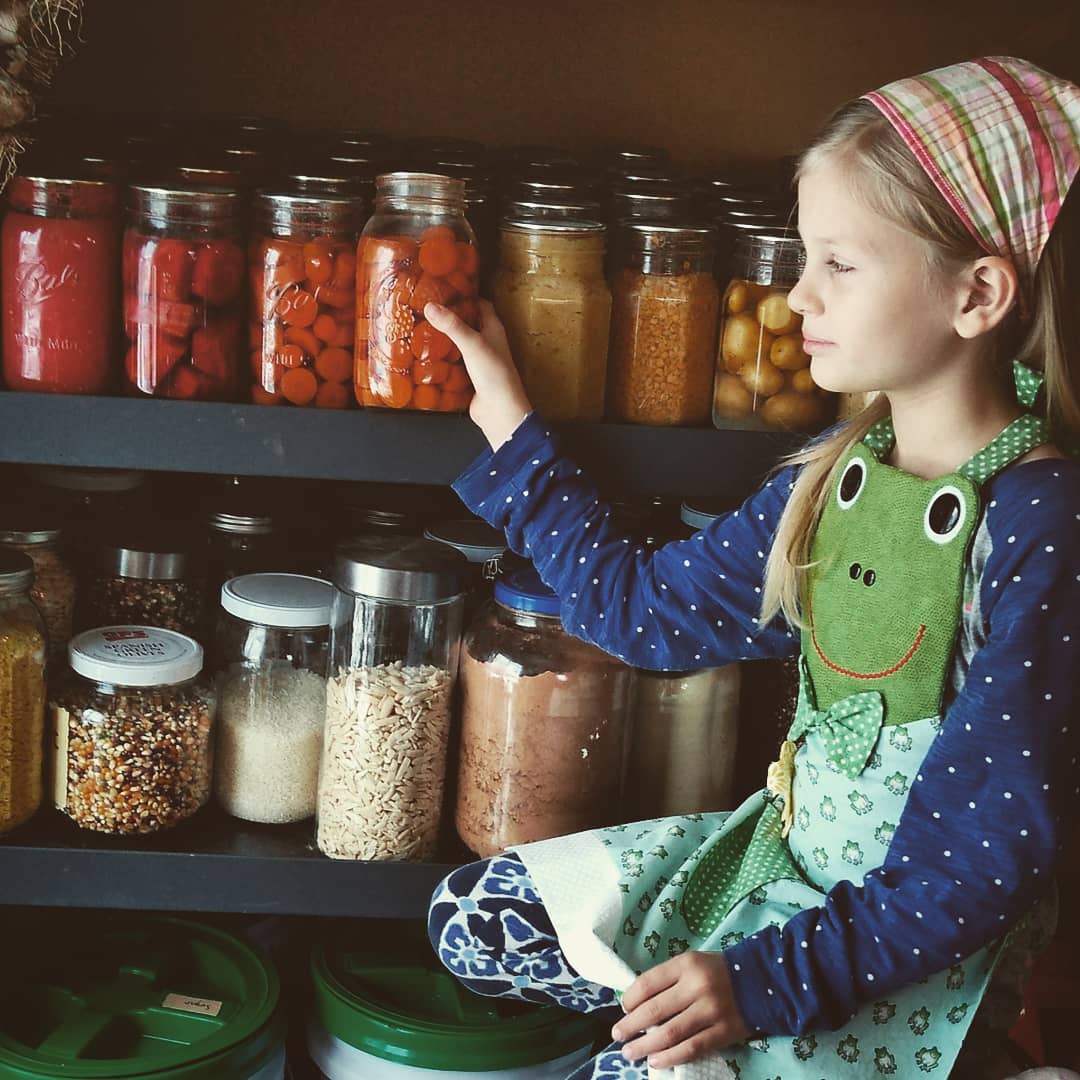
Erin is a mother of four and fledgling farmer in Virginia. She and her family live on four acres in the Blue Ridge Mountains where she raises a myriad of animals and a sizable garden.
She farms for the food— finding joy in from-scratch meals and the pleasure of sharing them with others. Her Homestead Mamas takeover runs July 12-14, and you can find her on Instagram @thecedarchestfarm.
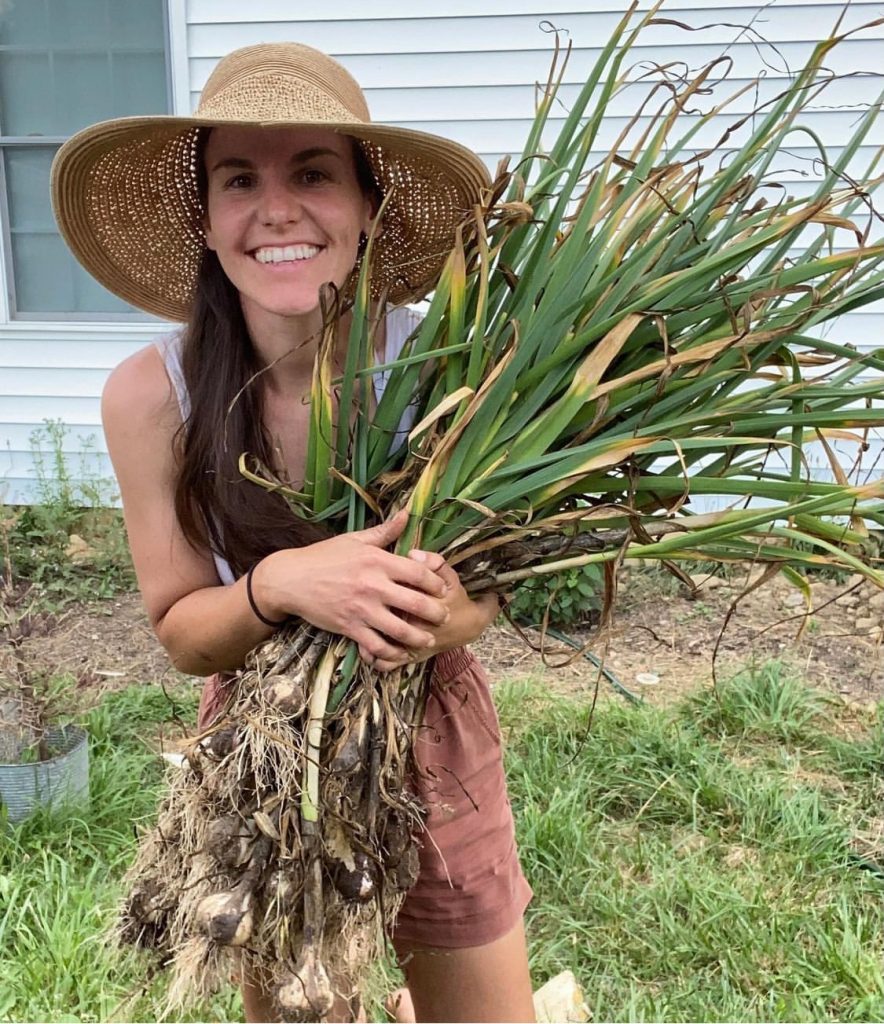

The peak of summer always seems to sneak up on me. I imagine that it comes from a bit of mental fatigue— we’ve been pushing hard since early spring (late winter, really) to sow seeds and plant transplants and amend garden beds, etc etc etc— and with my head and hands to the ground, all of a sudden I look up to discover… July! Midsummer! Already?! It feels like we are still getting started, and yet the harvest has crested from a trickle to a steady stream. What began as of a daily bowl of snap peas or quart of strawberries has increased to gallons of raspberries, armloads of zucchini, and so on. While I know the tidal wave of tomatoes and peppers and green beans is still to come, I’m thinking now about my rhythms of harvesting and preserving to make the most out of our garden, and to guard myself against the overwhelm that can happen when things begin to pile up on the kitchen counter.
I have been gardening in earnest for about 8 years, and have tended plots ranging from three small raised beds to nearly 1/4 acre. In that time, I’ve learned how to think more critically about how I want to preserve the foods I’m growing. No matter the size of your garden (or perhaps instead, the quantity you buy locally with hopes to preserve), I believe that having a rhythm will help you manage the beautiful foods filling up every spare inch of your kitchen.
I use three primary methods of food preservation: freezing, dehydrating, and canning. While each has their merits (and produce that’s better suited to each method), I find they can all feel overwhelming if the quantity of foods waiting for processing build up too much. So more than anything, my trick for this midsummer stream of veggies, herbs, and fruits, is to keep things rolling in what I call a “perpetual harvest.” Here’s what I mean:

Let’s say I have it in mind that I’d like to make 25 jars of raspberry jam in a season. Before we moved to our farm and planted our fruit orchard, I would try to visit a local u-pick once or twice, leaving with 8 or more gallons of berries in one morning. With a haul like that, I could spend one long day in the kitchen with a giant pot bubbling away, running the canner until a steamy day’s work resulted in a whole year’s supply of jam. But on the homestead, harvests don’t really work like that. Yesterday morning, I picked just shy of a gallon of beautifully ripe raspberries from our front yard. In two days, I bet I’ll get the same amount. Then 3-4 days later, and so on. Now I’m not one to fire up the canner for less than a few dozen jars at a time, so I need to think about how to deal with these berries in a way that maximizes my time and produces the end result I want without so long of a lull that things begin to spoil. Ultra-ripe raspberries really only have a good day or two in them before they start to turn to mush, after all! And so a “perpetual harvest” mindset for me means I’m flash freezing whatever I pick with each smaller harvest, and adding those berries to a collection of large ziplock bags, until I’ve reached that 5 gallon target for when making jam feels “worth it.”

Another example is the collection of herbs I like to dry for tea. We grow several varieties of mint, lemon balm, lemon verbena, lavender, calendula, and more… which I love having squirreled away in big jars for fragrant and healing cups of wintertime tea. (A pint jar of homegrown herbal tea, tied with a ribbon and a tea infuser makes a lovely holiday gift too, by the way!). However— and trust me when I say I’ve learned this the hard way— if I were to go out to the herb garden and cut down all the mint at once, the resulting overwhelming pile would haunt me from it’s place on the kitchen table. The hours needed to pluck leaves from stems to line dehydrator trays is more than I can conceivably give on a given day, and those beautiful leaves picked at peak freshness would wilt and wither on the table. And so I approach my dehydrated herbs in “perpetual harvest” by spending a little time each day gathering only what I know I can process that evening. A few trays in the dehydrator, one day at a time, and slowly but surely the jars begin to fill and overflow.
One cookie sheet of flash frozen peas a day, a few dehydrator trays of herbs. One muffin pan’s worth of blanched greens frozen in cupsize portions, one row of carrots pulled, scrubbed, and sorted for the spare barn refrigerator. So much of midsummer’s bounty can be approached in small, manageable increments. And by doing so with the harvests that allow it, we prevent the fatigue and overwhelm that can come from thewholeharvestallatonce that’s bound to accompany August’s tomatoes or the flush of apples and stone fruit that will ripen simultaneously. Every vegetable doesn’t need to be a big production. Some (many!) can be slipped into the small moments of your day, folded into your rhythm like maintaining a sourdough starter or the *truly* perpetual cycle of dirty laundry. One batch at a time, bit by bit, until your larder is full and the summer fades to a beautiful end.


Please join us by sharing, continuing the conversation below, and connecting with Erin at the following:




Here I chat with the amazing Erin of The Cedar Chest Farm!
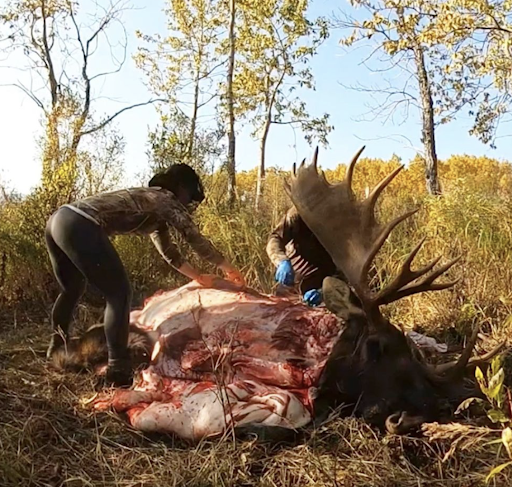
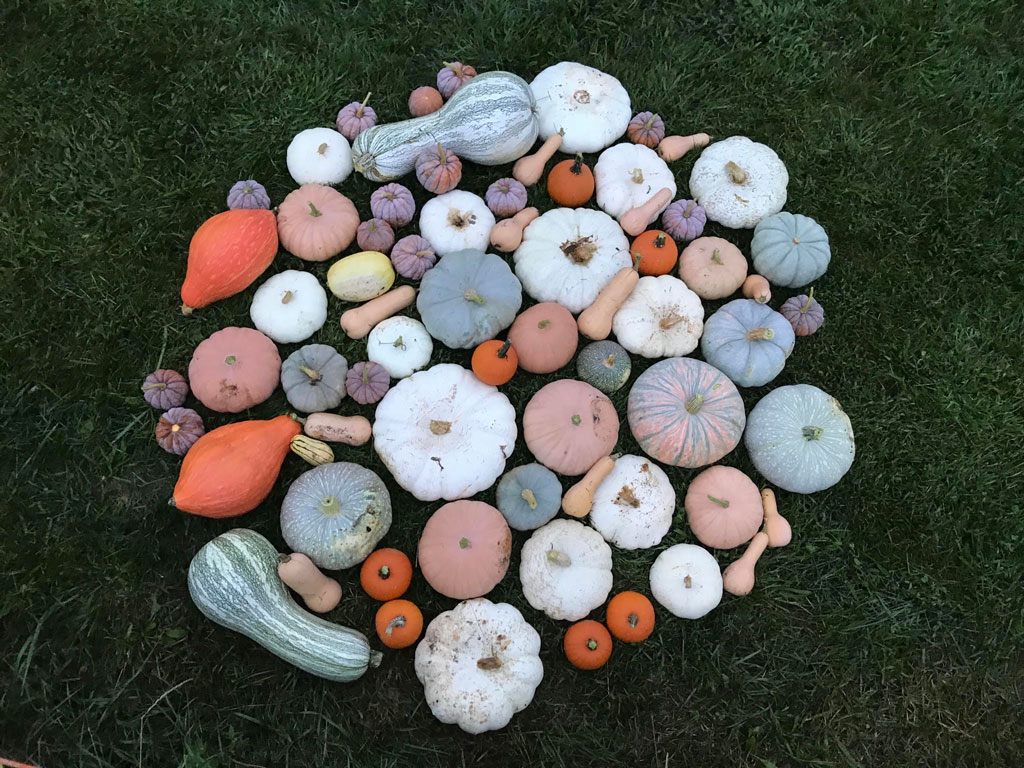
I have been a fan of all things pumpkin my whole life. A friend of mine once bought me a shirt that said “you had me at pumpkin spice” and while my husband teased me relentlessly about it, the fact remains: it was true! Whether you are a pumpkin fanatic or you prefer the seasons definitively stay in their own lane… now what it’s October, I think we can agree: it’s time for some fall baking!
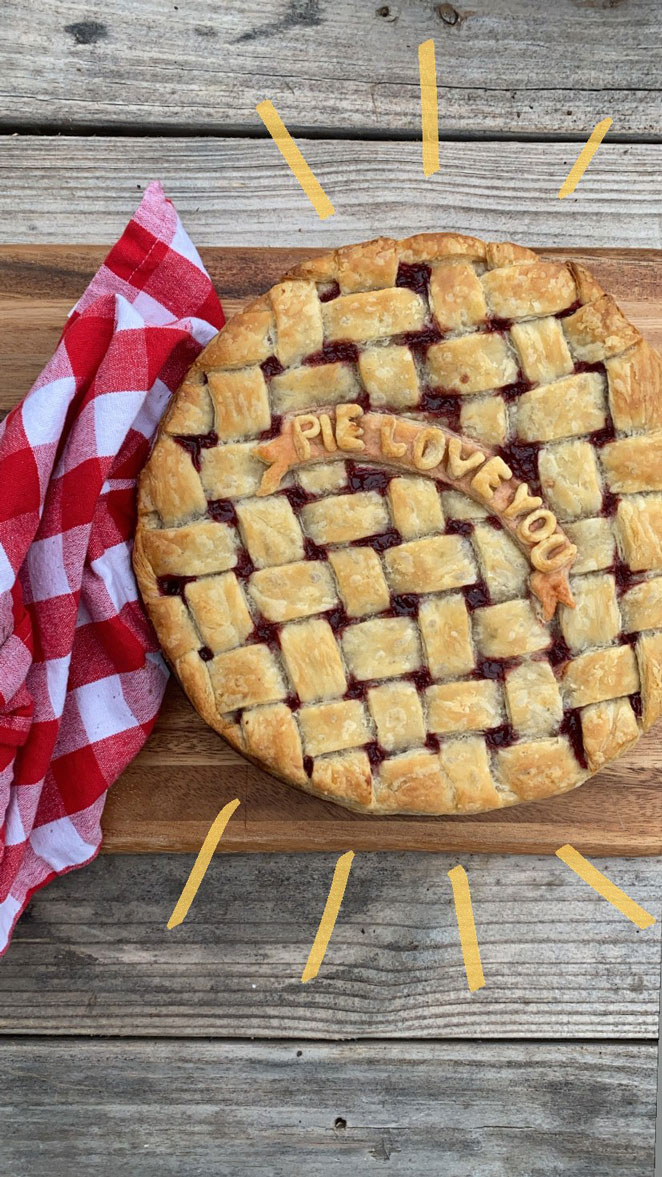
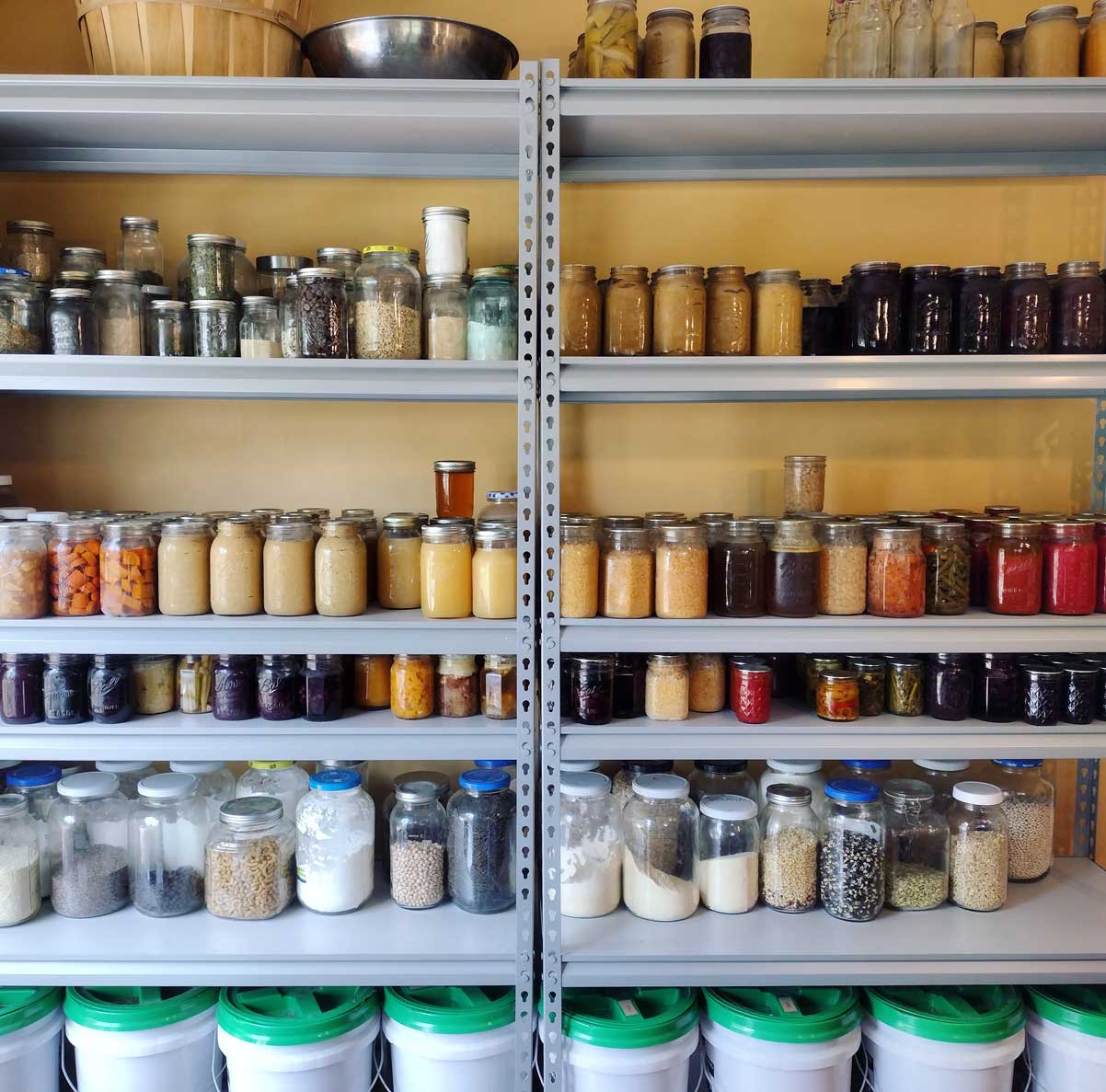
Tips for the New Canner
Hey, Homestead Mamas! It’s Jessica here from Three Rivers Homestead and this month I would love to talk to you about food preservation. August is the month when the harvests are plentiful for most gardeners, and if you aren’t growing the food yourself, you can typically find bulk local produce for great prices through local farmers.
The next question becomes – “How should I preserve all of this beautiful produce?”…

